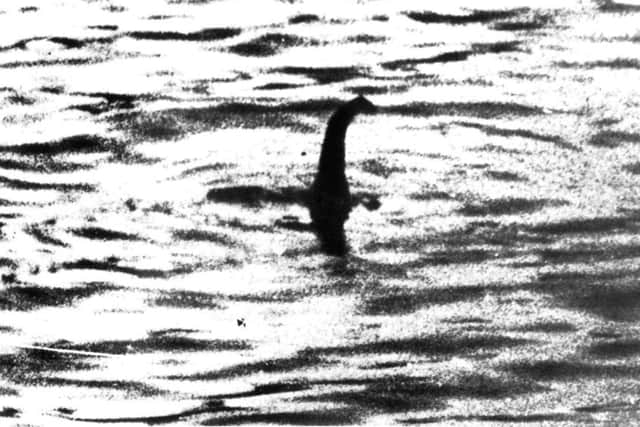Loch Ness monster study makes ‘surprising’ find
Professor Neil Gemmell from the University of Otago in New Zealand, who led the study, said his team had managed to test most of the main theories about the Loch Ness monster.
While he declined to reveal exactly what they had found until the results have been fully analysed, he hinted the Nessie myth was likely to endure.
Advertisement
Hide AdAdvertisement
Hide AdProf Gemmell is preparing to announce the full results of his research almost a year after taking a series of water samples from the loch with the hope of capturing the monster’s DNA.


His team was using a new technique that can pick up traces left behind by passing animals in miniscule amounts of fur, skin, scales, faeces or urine. Having been extracted in the lab, the DNA has been sequenced and compared against known species, creating a near-definitive list of everything that lives in the loch for the first time.
The results of the study were supposed to be published in January, but cataloguing the extensive range of micro-organisms and bacteria has taken longer than expected.
The team has found around 15 different species of fish and up to 3,000 species of bacteria, some of which will have been deposited in Loch Ness by animals using connecting rivers.
Prof Gemmell said he hoped to announce the full findings of the study at a press conference in Scotland next month.
“Is there anything deeply mysterious? Hmm. It depends what you believe,” he said. “Is there anything startling? There are a few things that are a bit surprising.
“What we’ll have achieved is what we set out to do, which is document the biodiversity of Loch Ness in June 2018 in some level of detail.
“We’ve tested each one of the main monster hypotheses and three of them we can probably say aren’t right and one of them might be.”
Advertisement
Hide AdAdvertisement
Hide AdAlthough Prof Gemmell would not confirm which hypothesis might be right, the two main theories about the monster is it is a long-necked plesiosaur that somehow survived the period when dinosaurs became extinct, or it is a sturgeon or giant catfish.
Prof Gemmell admitted that part of the reason for the delay in publishing the results was due to a series of failed attempts to film a television documentary.
Negotiations with a series of production companies ended without a deal.